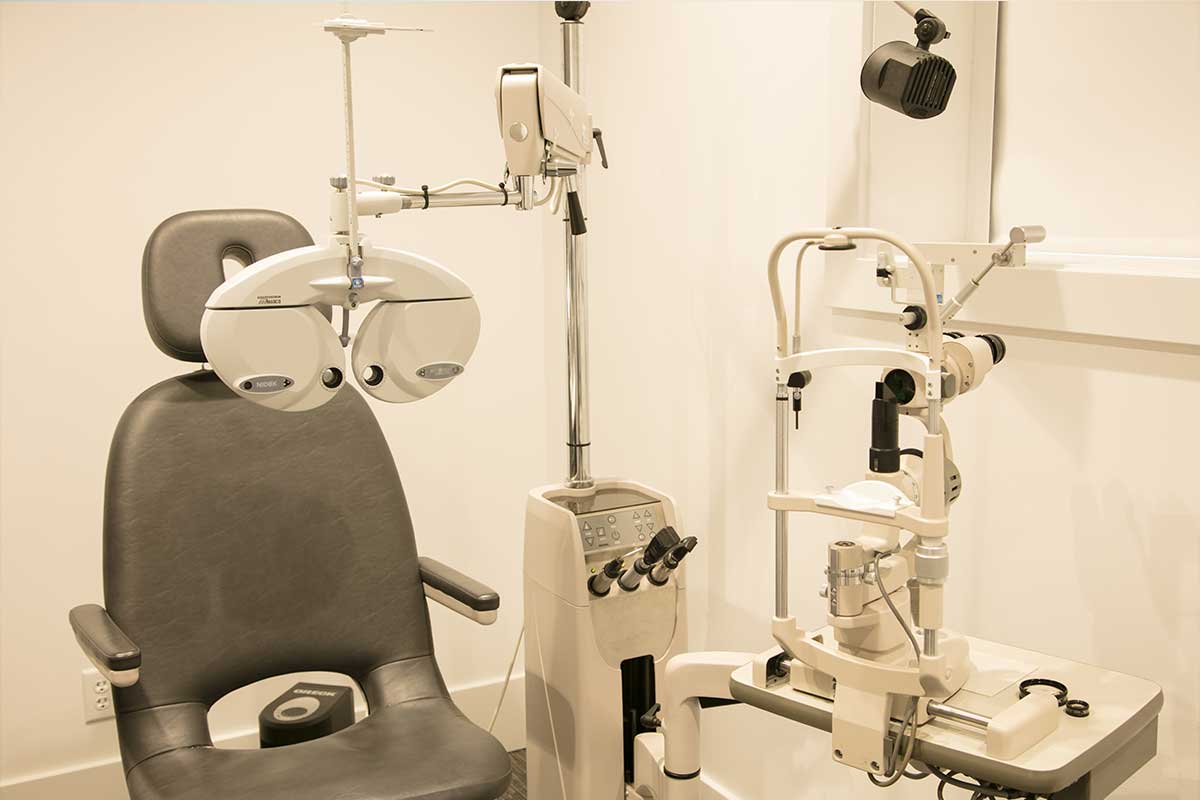Ever Wonder What Those Floaters In Your Eyes Are?

Have you ever noticed specks, strings or cobwebs drift across your field of vision?
Those are called eye floaters! If you’ve ever experienced them, you’ve probably wondered what they were and if they were a cause for concern. Here’s all you need to know about those sometimes bothersome floaters.
What Are Floaters And What Causes Them?
Floaters may look like tiny worms or cobwebs floating in the air in front of you, but they are actually inside of your eye! Our eyes are filled with a clear, jelly-like substance called the vitreous humor. As we age, the vitreous humor becomes more liquid and certain protein fibers start clumping together. As light comes into our eyes, these clumped fibers cast a shadow on the retina, causing us to see floaters. They may be most noticeable when looking at something bright, like white paper or a blue sky.
Although irritating sometimes, these floaters are usually no cause for concern. Eye floaters can show up at any age but most emerge, as stated above, as we get older–usually after the age of 50. Most people adapt to floaters or simply stop noticing them. If floaters are extremely bothersome to you, however, come in and see us.
[iframe https://www.youtube.com/embed/bscDeT4tV9g?rel=0 620 349]
When Are Floaters Worrisome?
Sometimes floaters can be a symptom of certain eye diseases or a detached retina. If you experience the following symptoms, go see your eye care provider or doctor immediately as they could be a sign of a more serious problem:
- A sudden worsening or increase in the number of floaters
- Flashes of light
- Floaters that gradually get worse
- Eye pain
- Floaters that appear after trauma or surgery
- Loss or worsening of peripheral vision
Still Wondering About Floaters?
Eye floaters may seem like a strange phenomenon but they are relatively common and usually harmless. Do you have any more questions about eye floaters? Let us know in the comments below or feel free to call or come in to see us!





